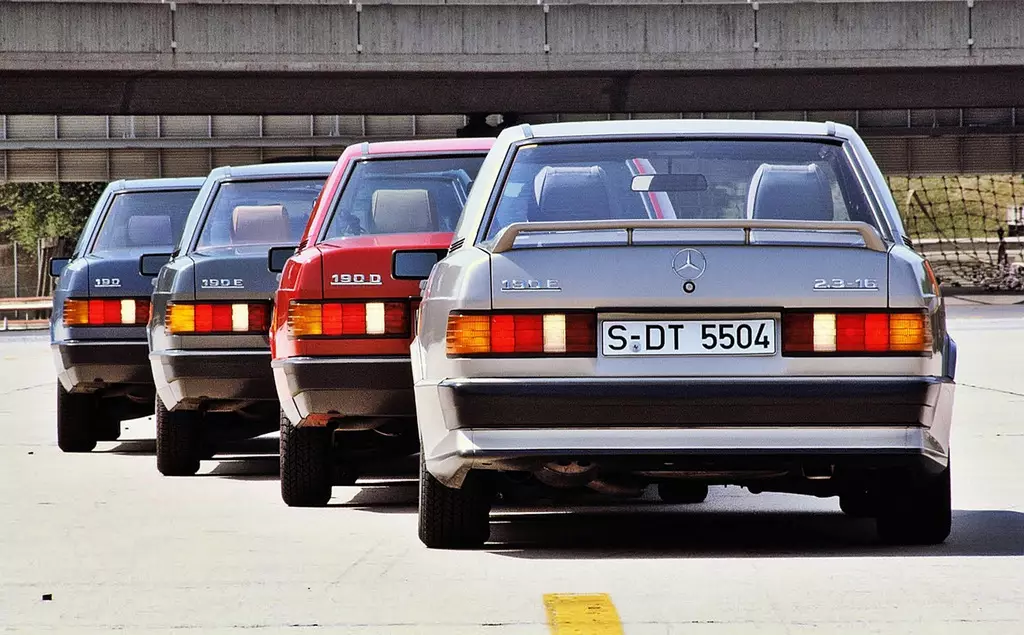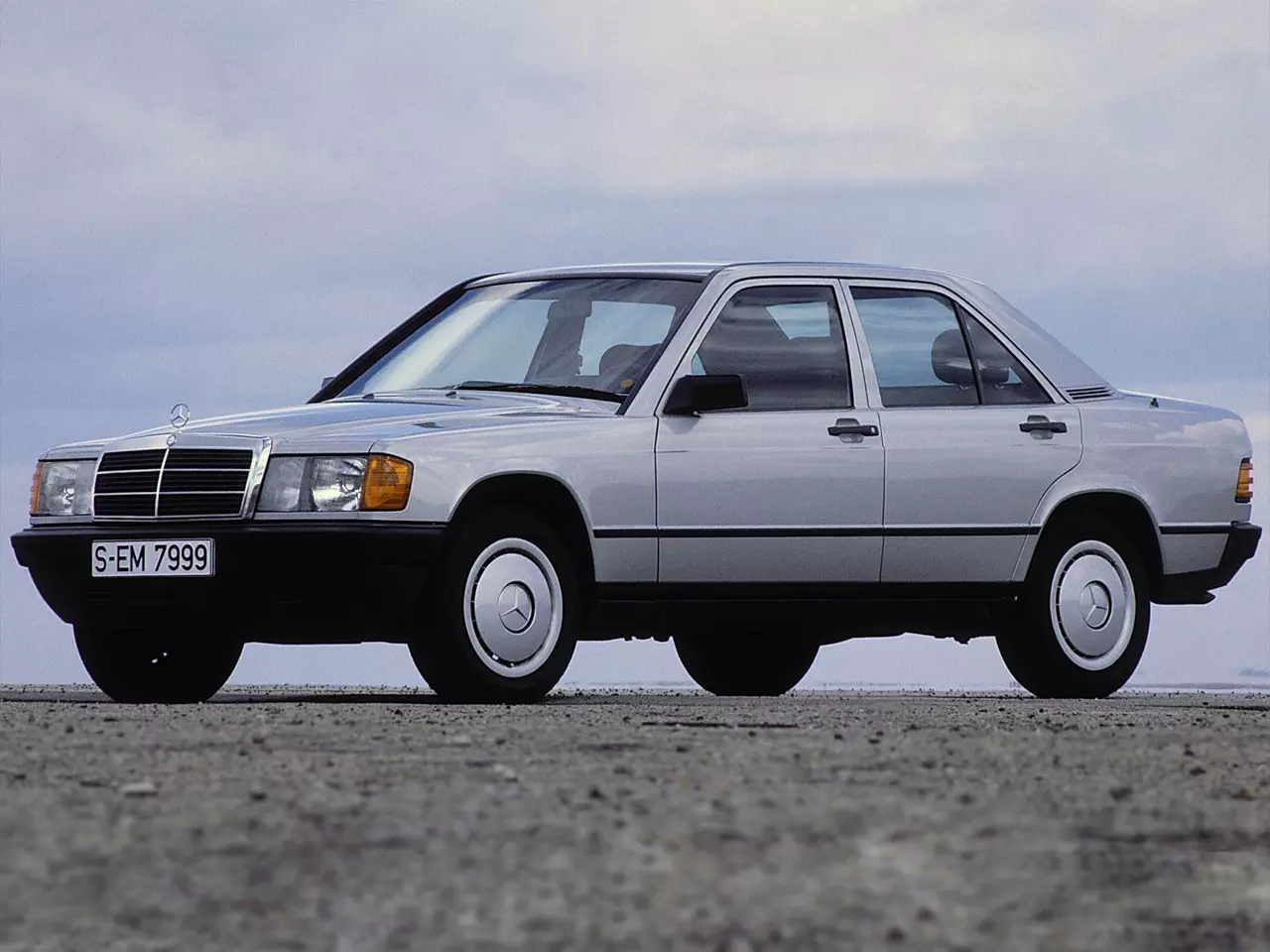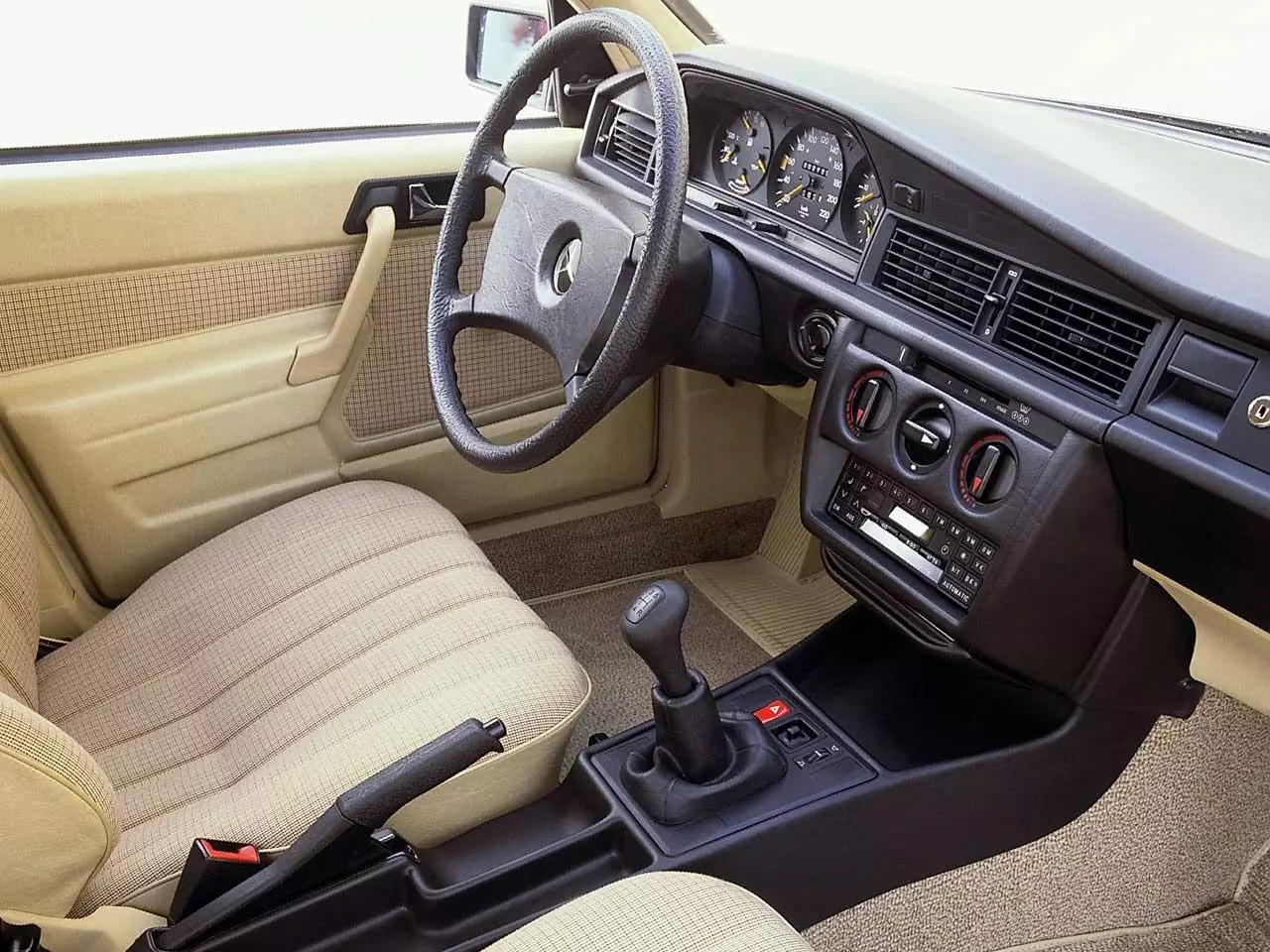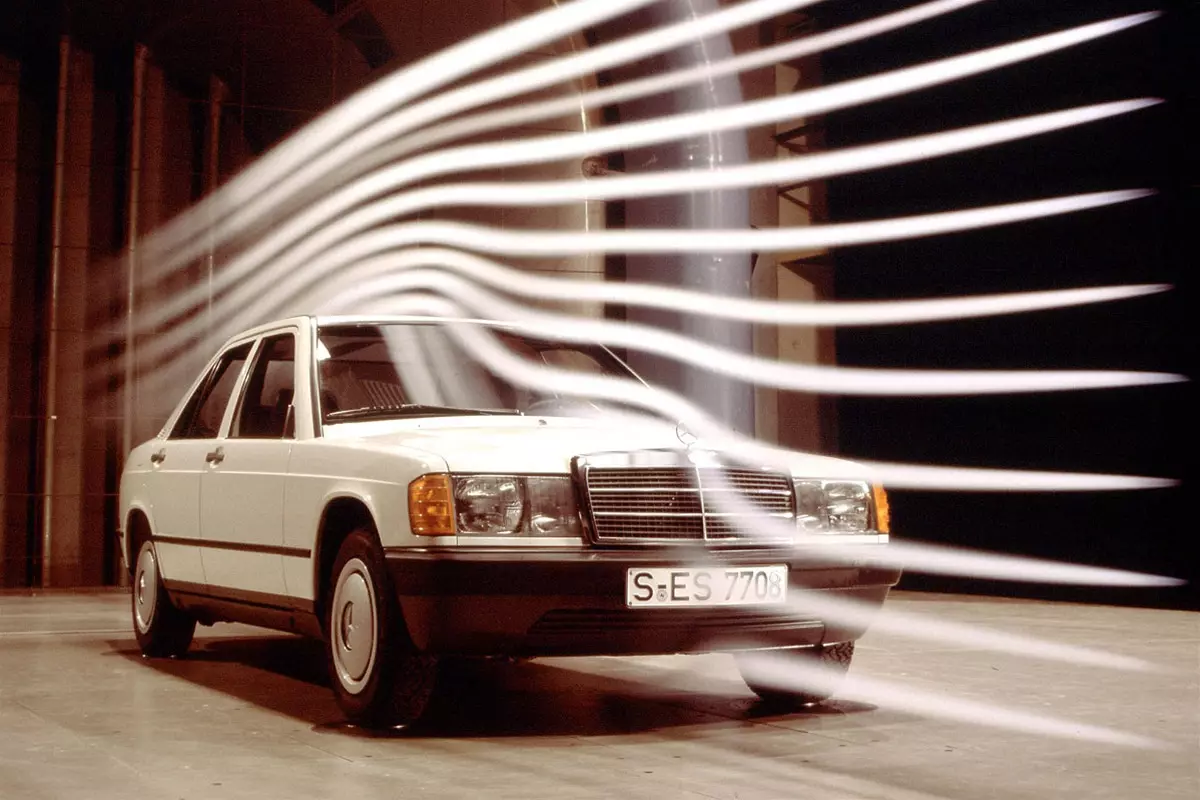I'm going to tell you about a car that, due to its durability, design and innovation, deserves a place in the «Olimpo dos Automóveis». I speak — as you have already guessed from the photos… — of the Mercedes-Benz 190 (W201).
I must say that whenever I see a Mercedes-Benz 190 I like to think that it is the result of a very successful cross between an ordinary living room sofa, a car, a tank and a Swiss watch. For me it was from this mishmash that the W201 was born. If fate allows, it will be this version that I will pass on to my grandchildren for many years to come “once upon a time there was a sofa, a tank…” — in short, poor children.
I can bet with you that when that day arrives there will still be many Mercedes-Benz 190s on our roads… doing the break-in! Legend has it — fueled by the various tribes of taxi drivers that populate our country… — that the 190s have just made the journey beyond a million kilometers. Until then, in trouble!

But in addition to my version of the story, there is another one that is much less plausible (of course…). A version that says the Mercedes-Benz 190 is the result of several years of study and intensive research by the German brand. According to this version, 1976 was the year when the "almighty" Mercedes-Benz began to look with concern at an aspiring luxury brand called BMW.
This concern had a name: E21. Or if you prefer, a BMW 3 Series. A saloon that kept all the qualities of the luxury cars of the upper segment, but with more measured dimensions. And what was the surprise of Mercedes when it discovered that the market was even receptive to paying (and well!) for a car with these characteristics: smaller but equally luxurious. It was a tremendous shake-up to Mercedes-Benz's convictions. After all, not everyone wanted a “multi-purpose salon” with wheels. Something smaller but just as good would do.
That's why between 1976 and 1982 the German brand did not stop day and night, while not finalizing its response to rival BMW. In 1983, the counterattack was finally launched: the Mercedes-Benz 190 W201 was born.

Dubbed the “baby-mercedes” at the time, it was a car that, despite its conservative appearance, was revolutionary for its time. The 190 represented a complete paradigm shift for the star brand. It was the first Mercedes-Benz to dispense with XXL dimensions; not to make intensive use of chrome throughout the bodywork; and to inaugurate a new stylistic language.
It was also the first car in the segment to mount a multilink suspension on the rear axle, and the first Mercedes to use a McPherson suspension at the front. This alone says a lot about the brand's commitment to creating something innovative. And it achieved this without pinching the values that guided the brand in the 1980s: comfort, reliability, tradition and image.

In the mechanical part, there were several engines that inhabited the hood of the W201 during the 11 years it was active. From the more conservative 2000 cc Diesel 75hp that animated many of the taxis that circulated in Lisbon, to the most exotic and powerful 2300 cc petrol engine prepared by Cosworth (the brand's first 16-valve engine). If by now you're already thinking that I forgot about the Evo I, Evo II and 3.2 AMG versions, that's it, I've already mentioned them.
Despite differences in performance, all engines had a common denominator: bulletproof reliability. Inside, the atmosphere was distinctly Mercedes-Benz. The best quality materials, always accompanied by the typical German rigor in assembly and details. Field where the 190 left something to be desired was in ergonomics. The steering wheel had dimensions more suited to a ship's rudder, and space in the rear was not plentiful.

In the dynamic field, despite all the technology used in the development of the suspension and chassis (it was the first time that Mercedes used computer programs), not much can be expected from a family saloon from the 80s. normal day-to-day requests, but no big mountain road adventures. Very low-speed steering, combined with rear-wheel drive and suspensions tailored for late-afternoon rides, were no miracles.
Basically, Mercedes-Benz was quite humble when it designed the W201, they just wanted it to be the best at what had to be really good: comfort, reliability, image and innovation. It achieved. At least that's what the three million units sold say.
